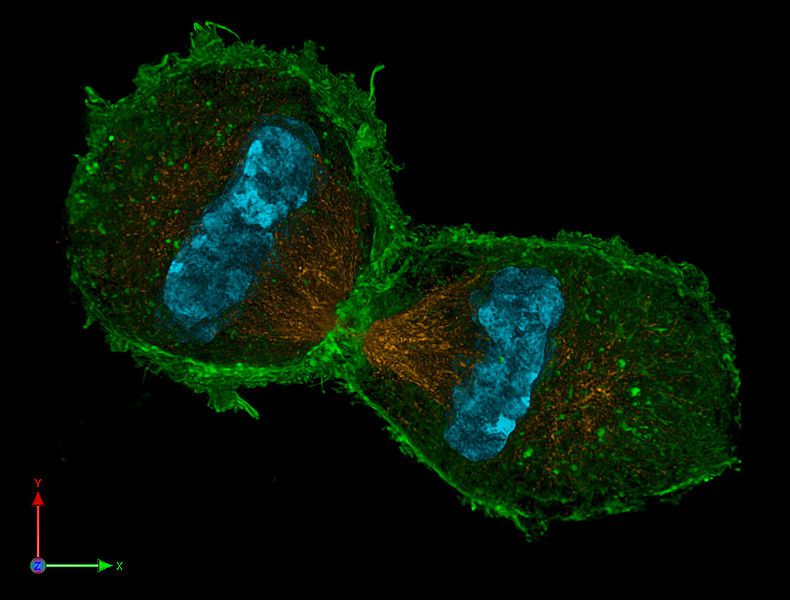-
 Diffie-Hellman
Diffie-Hellman
-
 Magnetic monopole
Magnetic monopole
-
 Class
Class
-
 Gammarus
Gammarus
-
 Polymerase
Polymerase
-
 Biofilter
Biofilter
-
 Bird of prey
Bird of prey
-
 Stem cell
Stem cell
-
 Clinical history
Clinical history
-
 Keylogger
Keylogger
-
 European sea sturgeon
European sea sturgeon
-
 High energy performance
High energy performance
-
 Edaphic
Edaphic
-
 Progestogen pill
Progestogen pill
-
 Local
Local
-
 Granodiorite
Granodiorite
-
 Enhanced coal bed methane recovery
Enhanced coal bed methane recovery
-
 Bacillary
Bacillary
-
 DSA
DSA
-
 Coanda effect
Coanda effect
-
 Lactose
Lactose
-
 Facies
Facies
-
 Hubble constant
Hubble constant
-
 Andesite
Andesite
-
 Möbius strip
Möbius strip
-
 Polyhaline water
Polyhaline water
-
 Lamination
Lamination
-
 Lymphadenopathy
Lymphadenopathy
-
 Prophage
Prophage
-
 Contraceptive implant
Contraceptive implant
Super-resolution microscope
The super-resolution microscope is a new generation of microscope known as a nanoscope.
Super-resolution microscopy technique
Super-resolution microscopes or nanoscopes can view objects at a resolution of less than a micrometer down to the nanometre scale. These microscopes however still use a light beam, diffraction of which prevents resolution of less than 0.2 micrometers. The principle on the super-resolution microscope works is observation of a single molecule at a time that can then be located exactly at the centre of the light spot received. There are several techniques in super-resolution microscopy:
Use of the super-resolution microscope
These super-resolution microscopes are optimised for very precise observation of sub-cellular structures. Fluorescent living tissues can be examined, particularly those in which the specific proteins have been made fluorescent by binding with GFP or RFP or by immunolabelling.
 The super-resolution microscope (SIM in this case) can be used to examine the inside of cells in detail. © Lothar Schermelleh, CC by-sa 3.0
The super-resolution microscope (SIM in this case) can be used to examine the inside of cells in detail. © Lothar Schermelleh, CC by-sa 3.0
Latest
Fill out my online form.



